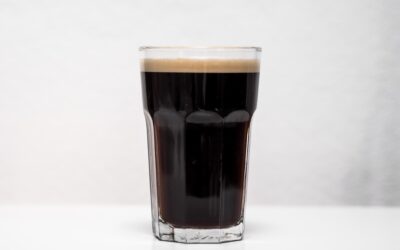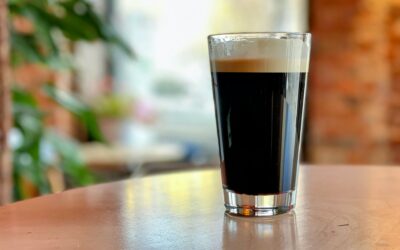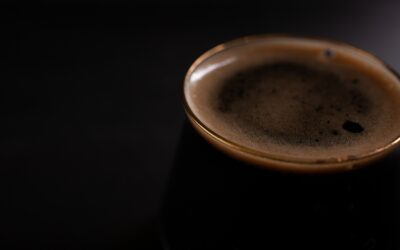Most new ways of making beer come about because of an advance in technology, alterations to the availability of ingredients, or a change in legislation. Sweet stouts were invented as a way of fending off a social movement.
Until 1847 those campaigning against alcohol misuse in the UK were mostly opposed to drunkenness, which they linked to the consumption of ‘ardent’ (strong) spirits, seeing beer drinking as preferable and broadly harmless. The next few decades saw them become more successful hard-line lobbyists. By 1875 brewers were producing styles of Stout that were lower in alcohol and sweeter for not being fully fermented through. Some were termed Invalid Stout.
Oatmeal stout
The use of oats in brewing dates back to earliest times, despite them bringing a sticky, porridge-like mess to brewing kettles. The fleshy part of the grain adds a floury sweetness, while its husks can bring acrid bitterness. A method of producing stouts and porters using oatmeal was patented in London in 1890. Relatively light (4.2-5.6% ABV), fruitier, grainier, fuller bodied and more coffee-and-cream accented than Milk Stout (below), Oatmeal Stouts also take aromatic hopping better, explaining perhaps why they are enjoying a comeback in recent years.
Milk stout (or Cream stout)
Officially, Milk Stout was invented by food chemist William Melhuish and first produced by the Mackeson brewery at Hythe, in Kent in 1909. Its name and sweetness both came from the inclusion of the non-fermentable lactose, or so-called milk sugar, in the mash. Dark, sweet, full-bodied and roasted, Milk Stout (3.0-6.0% ABV) is one of the few British styles to rise in strength, and fall in sweetness over time.
Pastry stout
There have been ultra-sweet stouts for many years, often with a low-ish alcohol content and derived from Milk Stout. They remained fairly popular early this century, either side of the North Sea, in Kent and Flanders. Around 2016 in the US, somewhat stronger, sometimes sickly sweet stouts began to appear that used a wide variety of adjuncts of the sort normally confined to dessert. The key to the sweetness is lactose. The key to their popularity is more elusive, and they may be on the wain.





